MIR Trip Notes - Day 8: Lake Kezenoy to Gunib, Dagestan
Drive
into Dagestan, the biggest and the most diverse of the North Caucasus
republics, with more than 30 languages spoken.
Stop at a mill that
produces urbech, made of sesame, pumpkin and flax seeds. In a
series of villages, visit pottery studios, a workshop where women make
sheepskin robes for shepherds, and the homes of jewelry makers.
Experience Dagestani hospitality in a rustic homestay in the village of
Kubachi.
Highlights
- Dagestan, the biggest of the North Caucasus republics, spread along the Caspian coast
- Lunch in a private village home
- Gunib, where Imam Shamil, the 19th century leader of the Chechens and Dagestanis, surrendered to the Russians after a 25-year struggle
- Artisan workshop visits
- Homestay in Kubachi
Dagestan is the biggest by far of the North Caucasus republics, and the most diverse, with more than 30 languages spoken. Spread along the Caspian coast aove Azerbaijan, it has a population of nearly three million. Most of Dagestan is mountainous, and little stone villages, called auls, dot the hilltops.
After breakfast, drive farther into Dagestan, stopping in the village of 09 to visit a mill that produces a traditional concoction called urbech, made of sesame,pumpkin, and flax seeds.
Make a stop at a workshop where women cut and sew sheepskins to make cloaks for shepherds who stay out in the open with their flocks.
Enjoy lunch in a private home in the mountain village of Bodikh, home to about 1,000 families.
Continue along the scenic route to Gunib, with a brief visit at Old Korda village, before evening arrival.
Dinner and overnight at Eagle' Nest Hotel.
Eagle's Nest Hotel,North-Caucasian District, Republic of Dagestan, Gunibsky District,Gunib Russia Phone: +7 964 012 51 15
Meals: B,L,D
Driving time: 7-8 hrs.
It has been a very long day for us today. We started at Lake Kesenoy in Chechnya at 9 am. I was up fairly early after being awaken by noises during the night at 3 am, then later at 4 and 5 am. I think I did stay in bed until just before my alarm was to ring at 6:30 am. I managed to upload my photos from the last two days. So I was up-to-date for a little while.
Rustam seemed rested and was wearing his "I love football" shirt so I took a few photos of him. I am not sure when it happened, maybe at our first stop, but we lost Anya and got Betty in our Jeep. There was some problem between Rami and Jerry so the switches were made. Kay and I were both happy to have Betty with us - we could be an awesome triumvirate now!
We drove along the Chechen side of the Lake Kezenoy for the most part but Vlad said we could be going over into Dagestan because the borders were so close here. It took us awhile to climb up and down and up again.
At some point while we were still in Chechnya, we stopped at a farmer's summer home and were invited in for tea. The family
stays here for 4 mos. from July until October. Michel had made an impronptu stop last year and the family was delighted so he decided to come here again. The family was lovely. Mother Rosa, her sister-in-law Yamusha, and her beautiful daughter Fatima worked hard to produce snacks and tea for us. I had a chance to chat with Fatima and have her telephone number so I want to send her some of the photos I took of her and the others. It was a nice stop. Yikes, where is that telephone number? I think she put it in my phone, so I will have to look for it.
Once we crossed into Dagestan, we visited the factory, in the village of Rakhata, that makes felt burkas, or cloaks, for folk
dancing and also for shepherds. We saw the part-time women workers
separate the long fibers from the short ones,, form them into a mat,
then smooth it and compress it. We saw dying vats.
The women spread
glue from pails onto the felt to make the wool fibers stick together.
We had lunch in the Restoran Everest in Botlikh village and it was really good with pumpkin pie
(the Ossetian style stuffed-pizza variety) and apricot seed and apricot
fruit sauces, dry sausage, beef kebab, salad and maybe something else.
All good and I forgot my vow not to eat so much. I had some Coke to
settle my stomach as a preventative for car sickness since I lost my
wrist bands. Oh, yes, we had a dance performance after,during lunch by a
young man
and woman in traditional costumes. They were quite good and everyone
was thrilled.
We stopped in Akhulgo to visit Shamil’s museum at the site of a siege and battle. Shamil also led the Chechens during the long Caucasus War with Russia. We saw the hill on which Shamil lost the most famous battle and managed to escape. Then we went into the museum and saw pictures and photos and other relevant material regarding him. There is an overlook so we could see tons of Dagestani mountains and rivers - a confluence here perhaps.
There were stunning views.
I think we were running late by now. We drove into one valley that was flatter but spent most of the day on narrow, windy roads go up and over mountains and follow rivers and streams. We must have made more than one stop after lunch because it took us so long to get to our hotel. Lunch does tend to be late, closer to 2 pm than noon.
We did stop at the shop of master craftsman Shamil Nurmagomedov in the village of Untsukul. The shop was up a whole lot of back streets that were very steep up and downhills on very narrow streets. Shamil was dressed in a tradtional Dagestani coat, hat and boots. He carves wooden objects from fruitwood trees ad then inserts metal wires or pieces to form a design and then puts shellac or some finish on them. They were quite nice and took a long time to make. He prefers to make pieces on commission, but he was willing to sell his demonstration pieces. He is training his young daughter as an apprentice and has a government grant for training other students but says they are not interested.
His grandfather, who was a Red Guard maybe, designed the process that he uses now.*
I think we left Untsukul with 1 and 1/2 hrs to go. It got dark and Rustam was tired - not unwarranted. We were all getting surly as we were all tired and cranky.
A funny thing happened after Anya left us because now we have no one to translate except for Rustam's English and my little Russian. Kay was bemoaning the fact that we had entered a treeless scene so I said to Rustam that Kay wanted trees. Then the Jeeps all stopped and we were wondering why. Rustam asked if someone needed the toilet. Ah, so, he had thought that asking for trees was like asking for a bush stop. We had a big laugh over that.
We arrived in Gunib, got our keys, the poor drivers helped us get our bags upstairs to our rooms and then we went off to the canteen for dinner. The food was amazing and very plentiful. We couldn't have finished it all even if the 3-4 people who chose not to go to dinner had come. We had compote juice, salad, stuffed peppers, some kind of vegetable mixture, cheese pie, dry sausages, watermelon and honeydew melon - all excellent.
I washed up some hand laundry, started to post some facebook photos but unmarked them and gave up so that I could do this blog tonight before gong to bed. I think it is after 11 pm so I must stop now.
* Michel had posted this update on our visit to Shamil, the Untsukul master craftsman on the MIR website.
Earlier in the day, Michel and his tour group in five jeeps drove up
the winding road to a small village known as Untsukul. Untsukul is
situated between Derbent and Makhachkala in the North Caucasian Republic
of Dagestan.
Upon arrival, they were met by Shamil Nurmagomedov, a fourth generation woodcarving master. He’s one of five master craftsmen left in Untsukul.
Shamil creates pipes, canes, jugs, candle holders, decorative plates
and vases, knives, and shoe horns. To make his hand-carved wooden
objects, he uses a variety of hard woods, including apricot, wild pear,
and walnut. It can take up to a year to carve each piece from beginning
to end — properly drying the wood takes 6-12 months alone, and the
carving process can take up to an additional 6 months depending on the
size and scope of the work.
Sometimes melchior (a copper-nickel
alloy) and silver are notched or inlaid into the wood to create a very
fine geometric pattern. The master needs to pound his hammer thousands
of times to create a piece of art. Each piece is sanded multiple times
to create a smooth finish, and given eight layers of lacquer as a final
touch.”
MIR Web Site:
The Republic of Dagestan
Dagestan is the biggest by far of
the North Caucasus republics, and the most diverse, with more than 30
languages spoken. Spread along the Caspian coast above Azerbaijan, it has a population of nearly three million. Most of Dagestan is mountainous; little stone villages, called auls, dot the hilltops, and waterfalls tumble from the heights.
Dagestan is a hub of North Caucasus craftsmanship.
In the mountain towns and villages jewelry makers, potters,
woodworkers, and felt makers create elegant and functional pieces, and
little markets sell them alongside their homegrown vegetables.
Urbech is a favored Dagestani concoction often made of ground
sesame, pumpkin, and flax seeds.
Other nuts and seeds, such as hemp,
apricot kernels, and sunflower seeds can be ground to make this
high-protein paste. Sold in markets all over Dagestan, urbech can be used like peanut butter, on bread, in baked goods, or by itself. It’s also thought to have medicinal properties.
Majalis
The town of Majalis on the way to Derbent is the
modern center of the Kaytag district of Dagestan, where Islam first made
its way into the Caucasus. Majalis boasts famed pehlevans (athletes) who practice tightrope walking, performing at home and far afield.
Derbent
A city of some 120,000, Derbent, Dagestan, is the southernmost city in Russia. Set on a narrow and scenic lowland along the Caspian Sea with the Caucasus Mountains barely two miles away, Derbent has been a strategic spot for thousand of years.
Its ancient name was the “Caspian Gates,” because it guarded the easiest
route for the Silk Road to pass though into Europe. The city changed
hands among the Persians, Romans, Byzantines, Mongols and finally the
Russian Empire.
The massive Naryn-Kala Fortress dominates the old city, and remnants of its two city walls, running from the mountains to the sea, can still be seen today.
One of Russia’s least-visited UNESCO World Heritage Sites,
the “Citadel, Ancient City and Fortress Buildings of Derbent” are
awe-inspiring. Built by the Sasanian Persians in the 5th century, the
immense Naryn-Kala Fortress was in continuous use until the 19th century
when the Russians occupied the region. With walls of dressed stone six
to 13 feet wide and 30-40 feet high, the fortress encompasses an 18th
century khan’s palace, cisterns, baths and guardrooms.
Makhachkala
The capital of the Republic of Dagestan,
Makhachkala has a population near 600,000. It was founded by the
Russians as a fortress in 1844.
A modern city on the Caspian, Makhachkala is a cultural hub, and
has a lively beach scene, with resorts, health centers, and nightlife.
It has the most diverse open-air market in the region, and a great
Ethnic Culture Center, where you can buy jewelry and traditional
costumes.

 Gunib, Republic of Dagestan, Russian Federation
Gunib, Republic of Dagestan, Russian Federation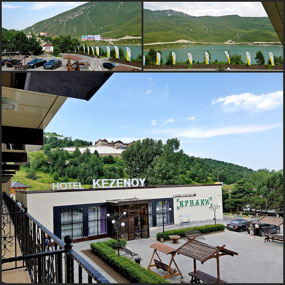
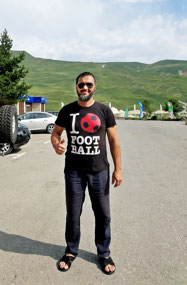
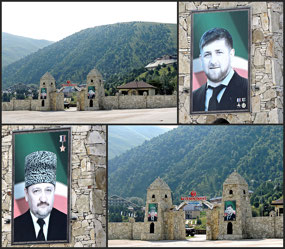
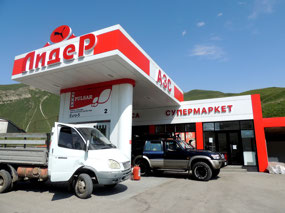
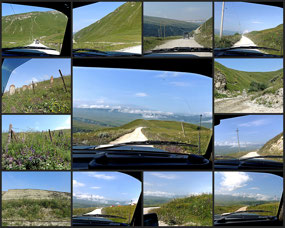
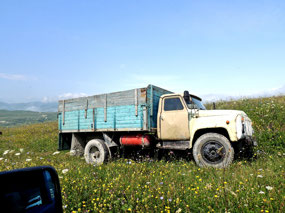
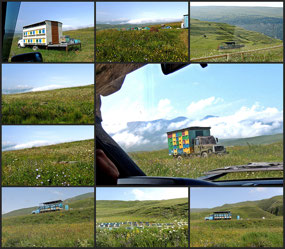
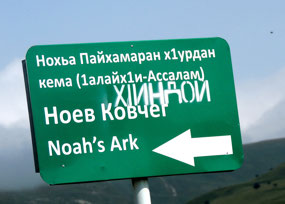
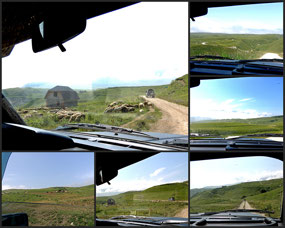
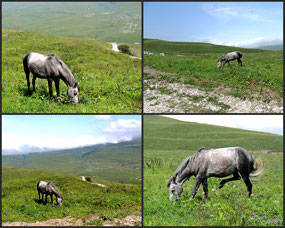


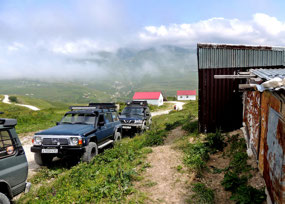
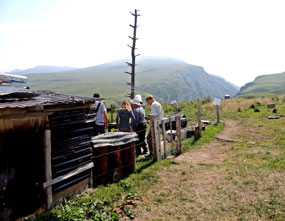
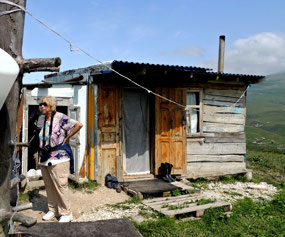
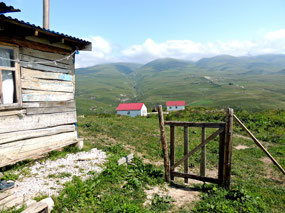
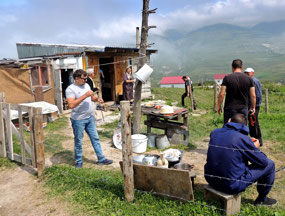
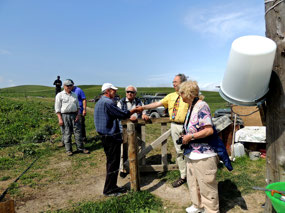
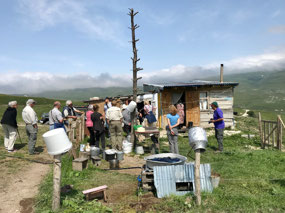
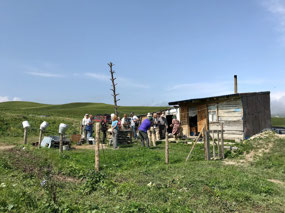
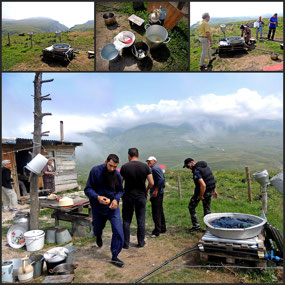
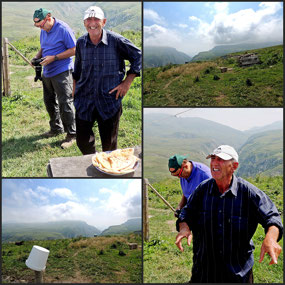
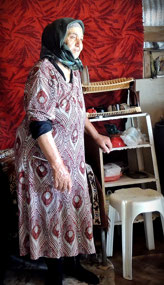
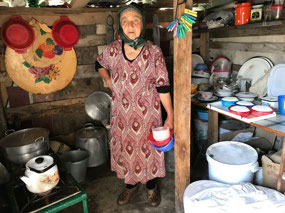
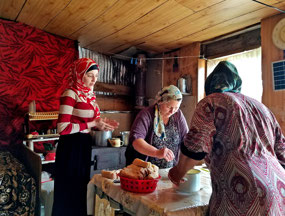
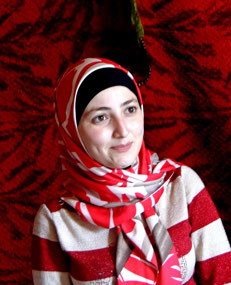
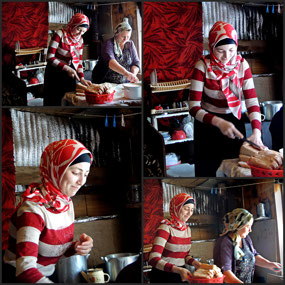
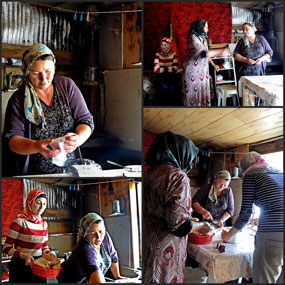
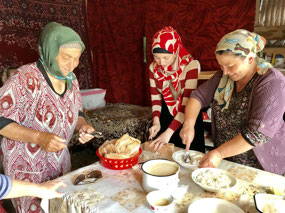
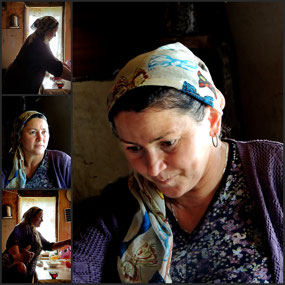
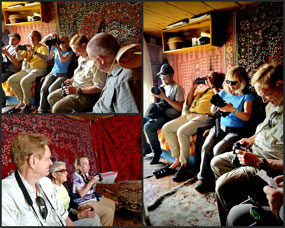
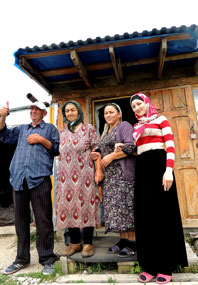
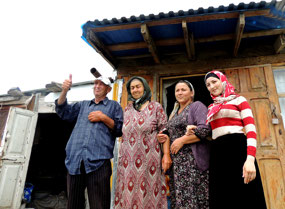
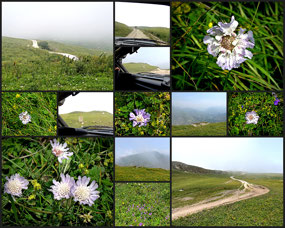


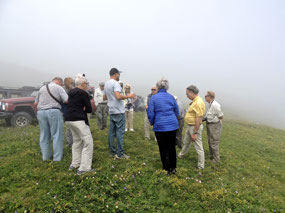
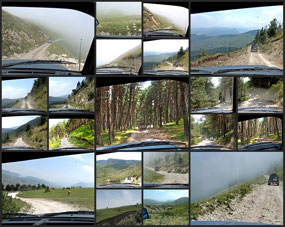
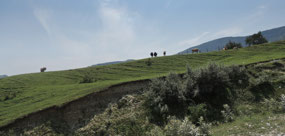
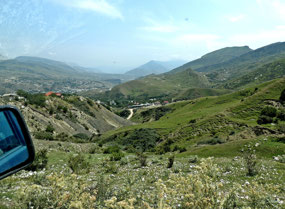
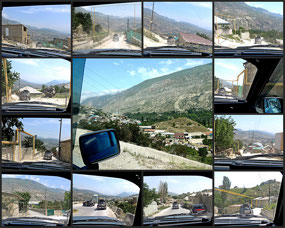
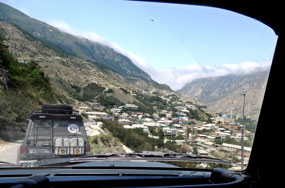
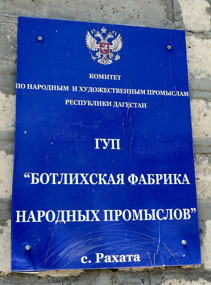
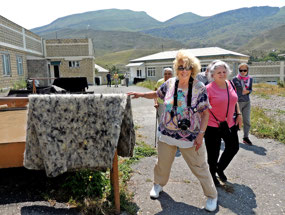

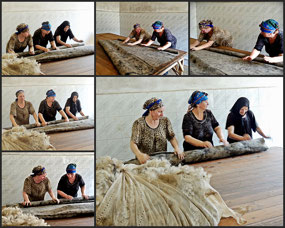
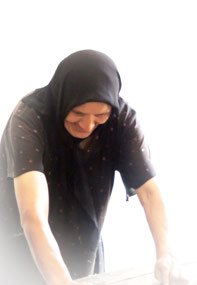
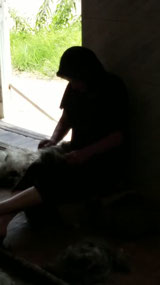
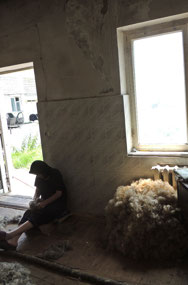
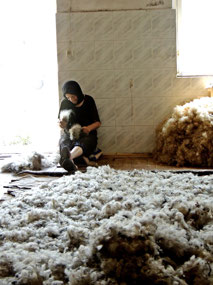
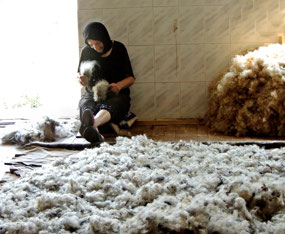
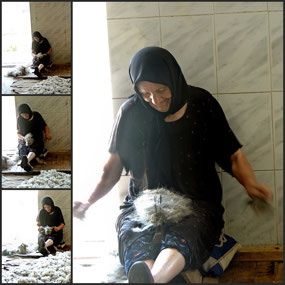
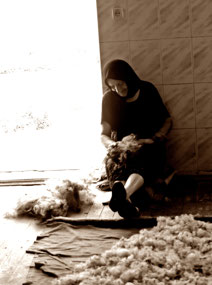
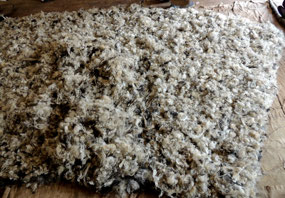
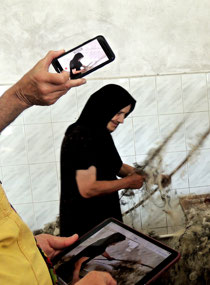
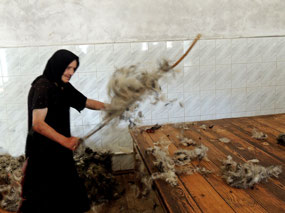
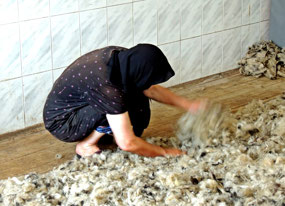
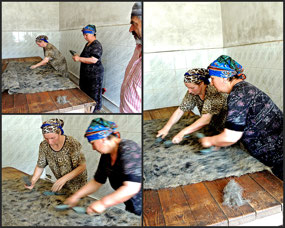

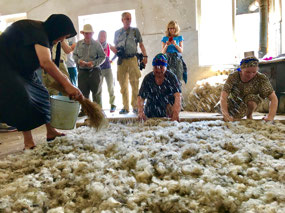

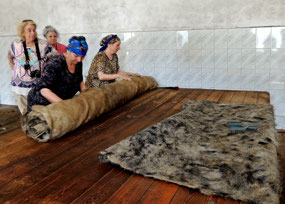
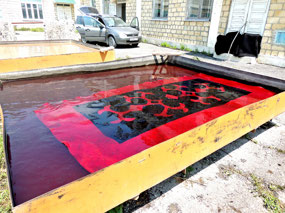
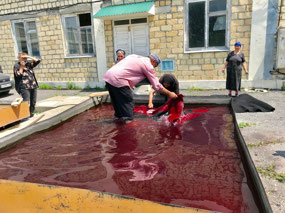
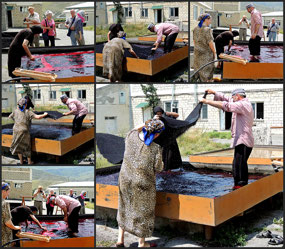
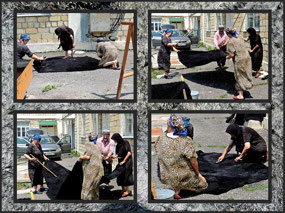
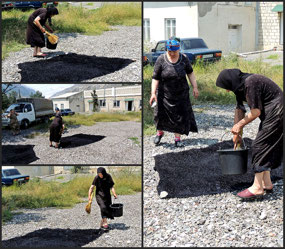
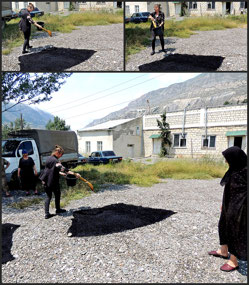
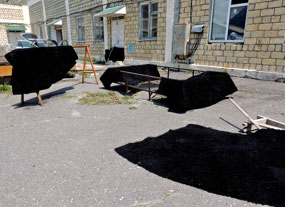
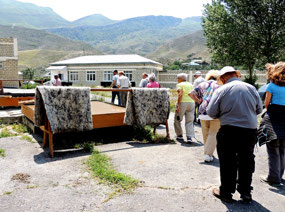
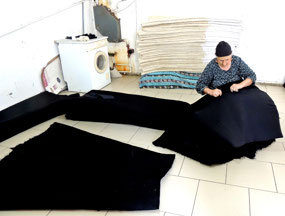
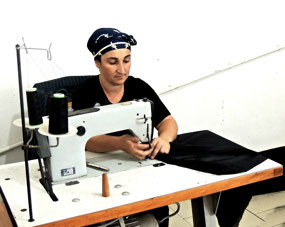

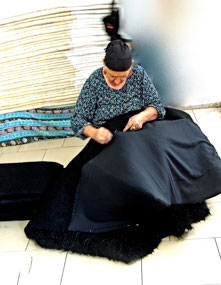
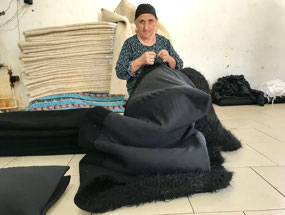
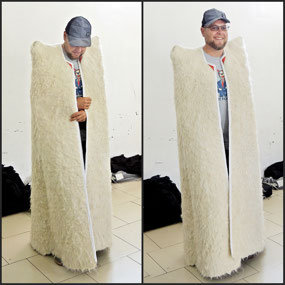
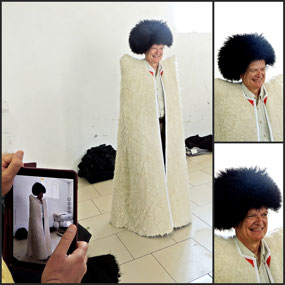

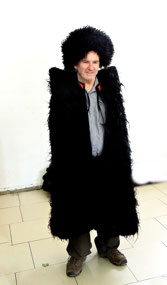
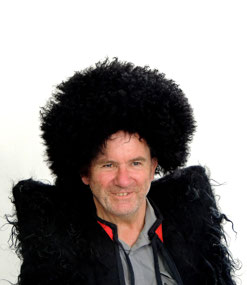
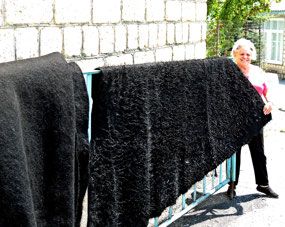
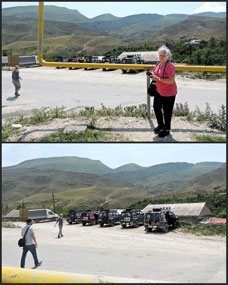
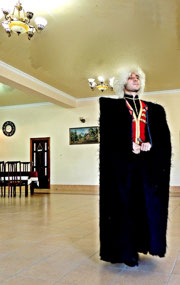
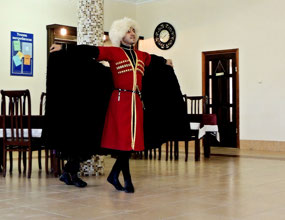
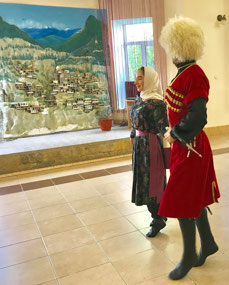
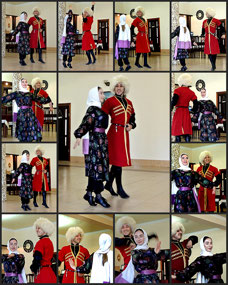
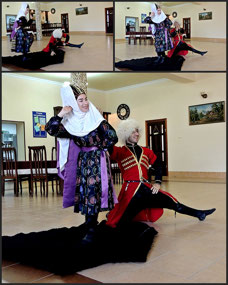
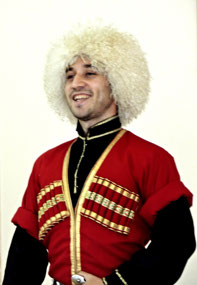
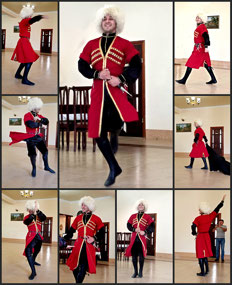
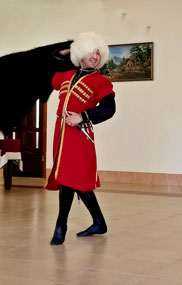
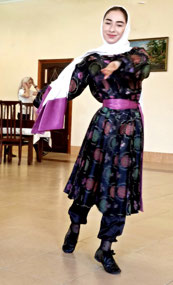
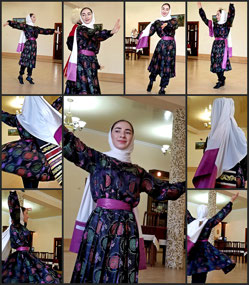
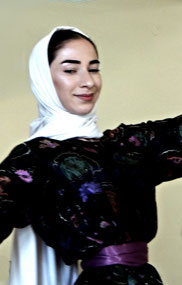
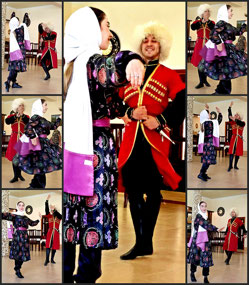
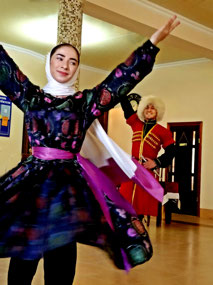

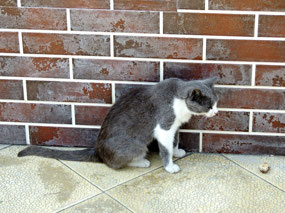

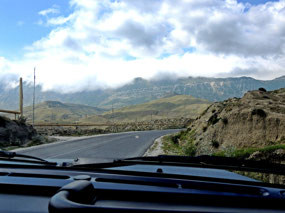
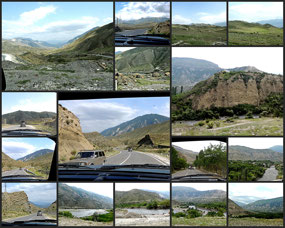
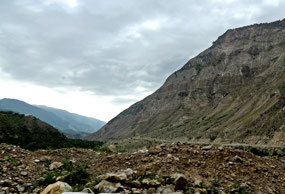
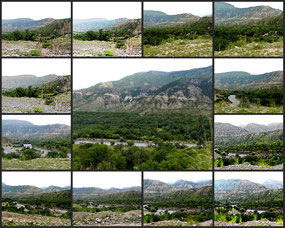
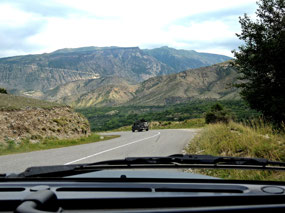
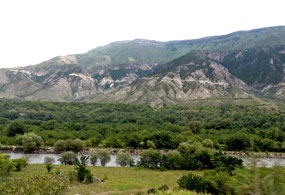
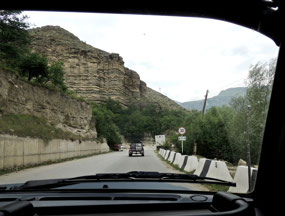
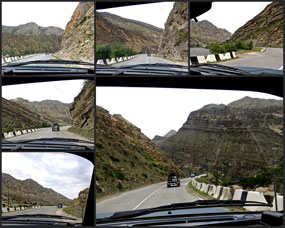
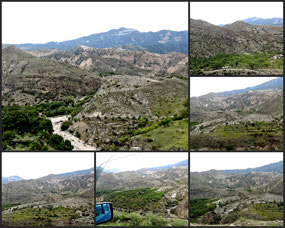
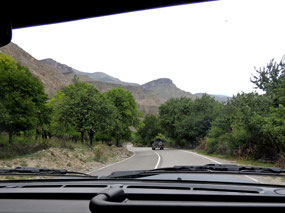
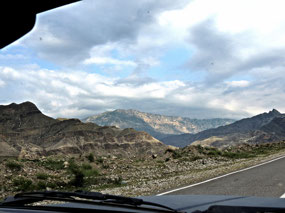
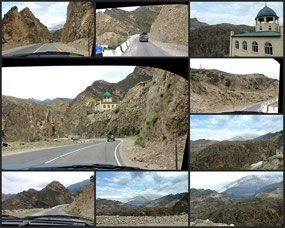
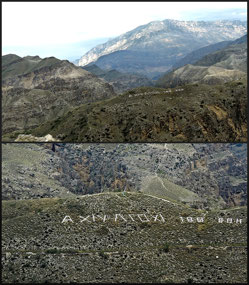
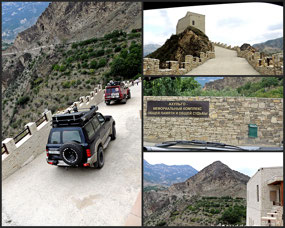

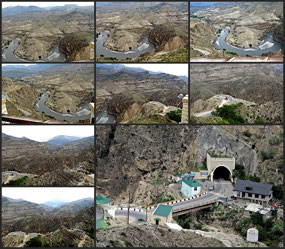
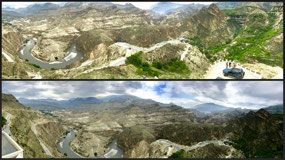
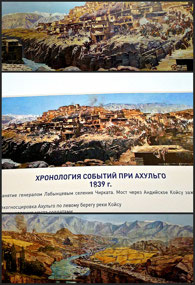
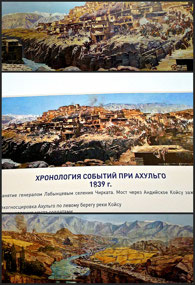
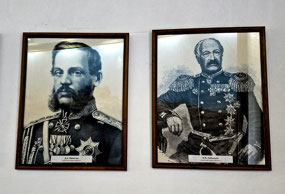
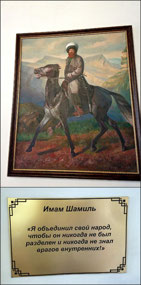
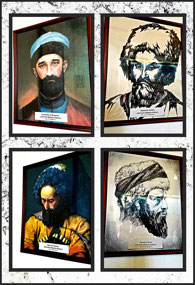
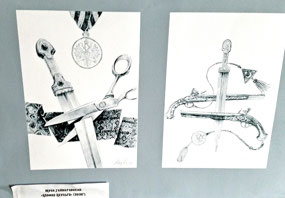
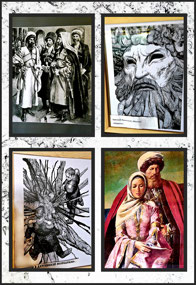
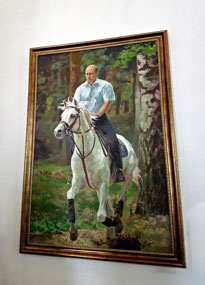
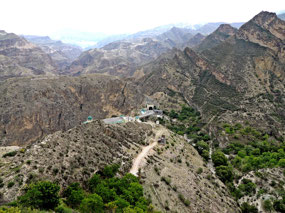
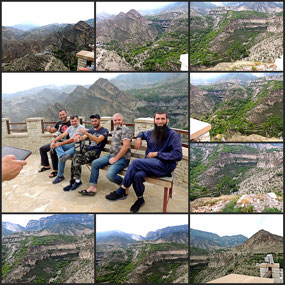
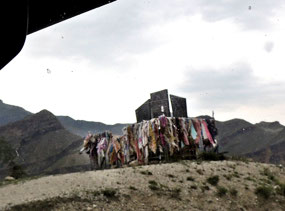
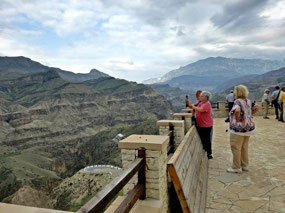
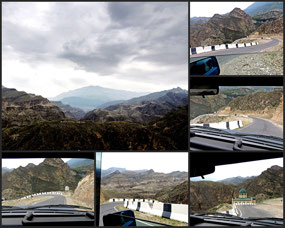
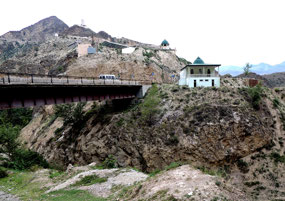
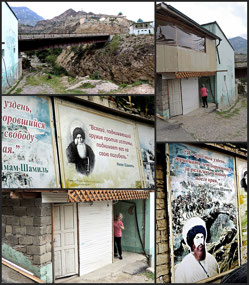

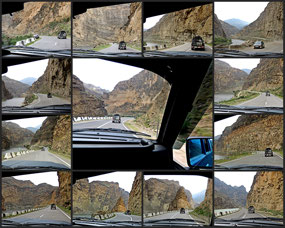
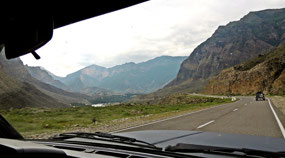
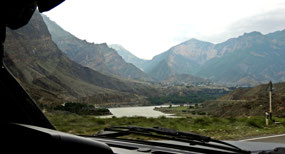
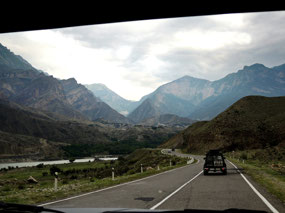
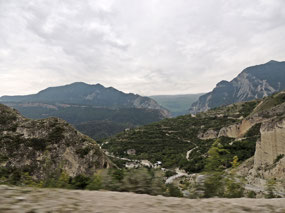
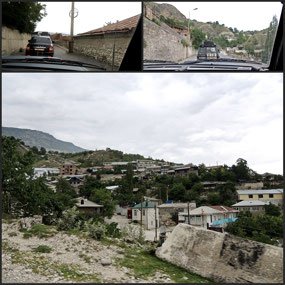
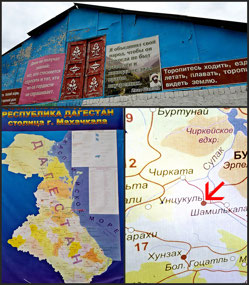
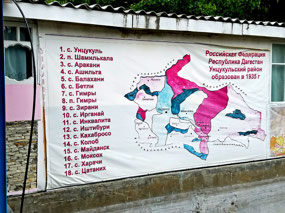
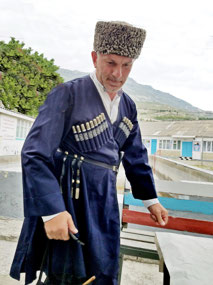
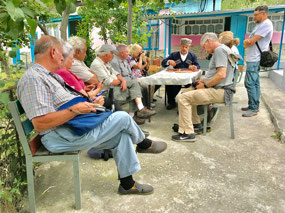
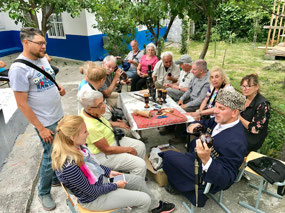
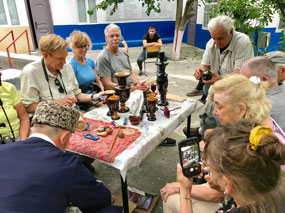
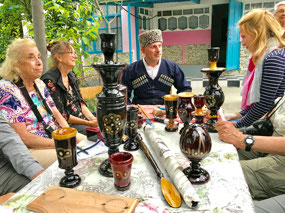
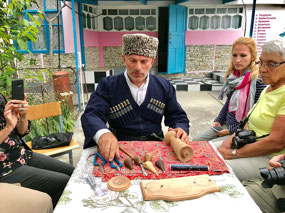
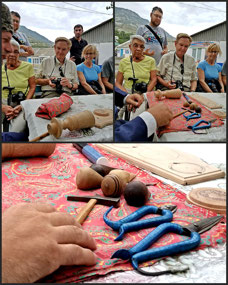
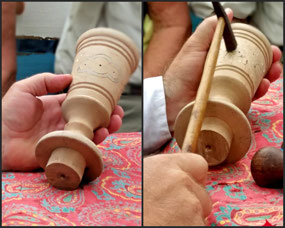
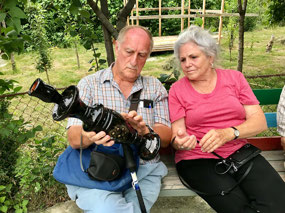
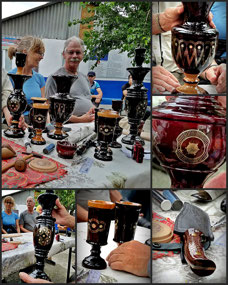
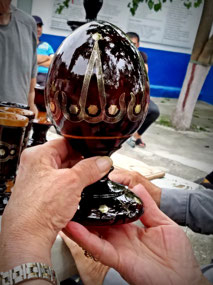
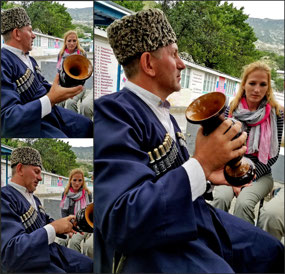
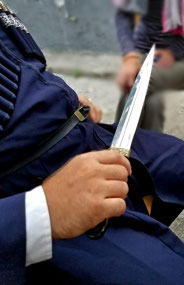
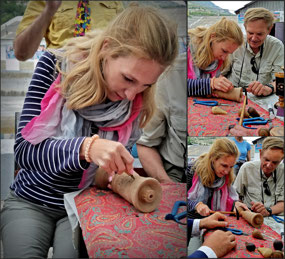

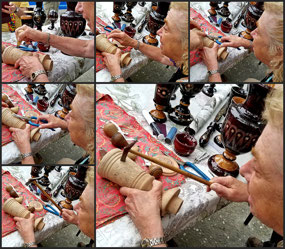
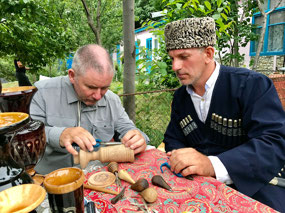
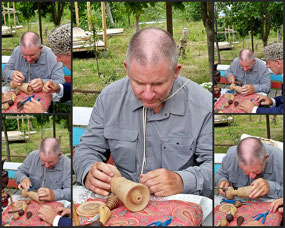
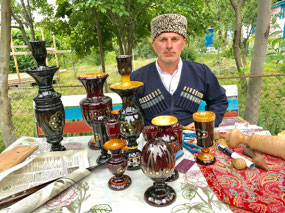
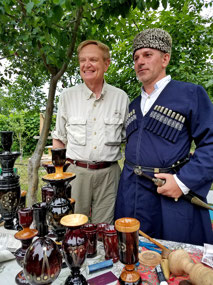
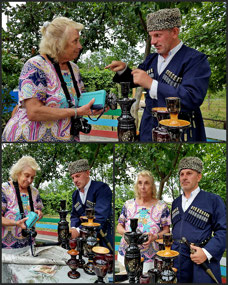

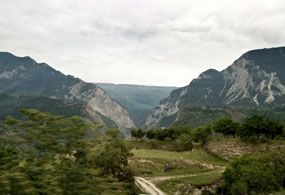
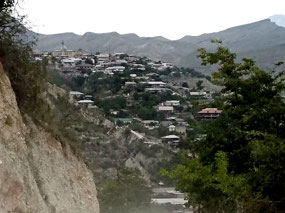
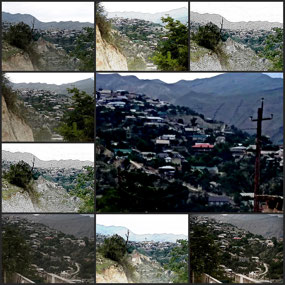
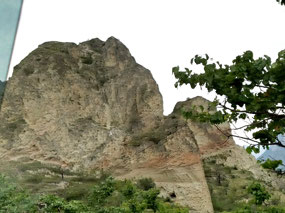
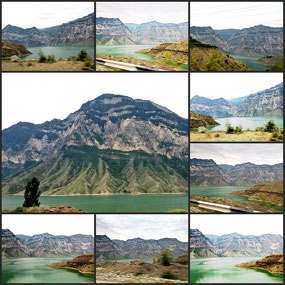
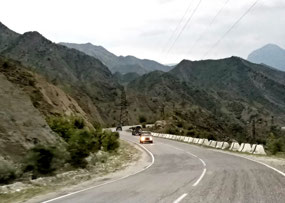
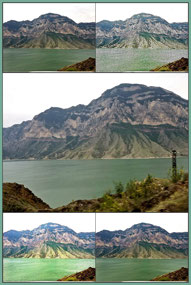
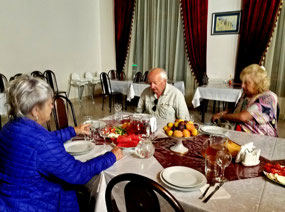
2025-05-22